11 Meissen Porcelain Eras Every Collector Should Know
Meissen porcelain has always been highly regarded for its beauty and artistry. As the brand has evolved, different design eras have shaped its identity, making each piece even more valuable. These periods reflect shifts in taste, technique, and artistic expression, contributing to the collectible worth of vintage Meissen. From delicate florals to bold designs, Meissen’s history is as varied as its creations.
This post may contain affiliate links, which helps keep this content free. Please read our disclosure for more info.
Meissen Baroque Era (1710s–1730s)
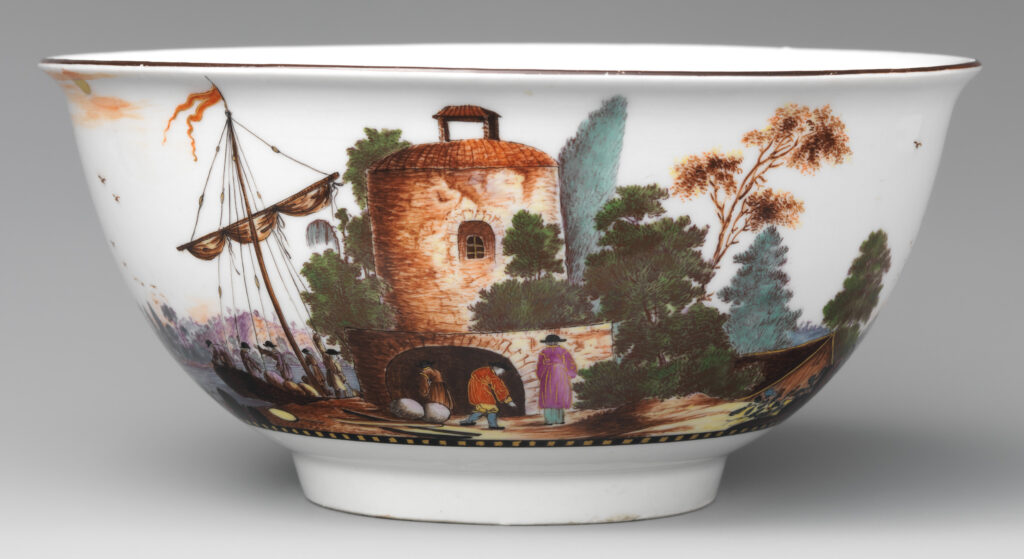
Meissen’s Baroque era is defined by grand, lavish designs, often incorporating elaborate figures, vibrant colors, and ornate decoration. Released in the early 18th century, these pieces often featured large figures and highly detailed scenes, making them one of the most opulent periods in Meissen history. Today, their value can range from $4,000 to $10,000, depending on the complexity and rarity of the piece.
The Baroque pieces showcase a level of craftsmanship and attention to detail that is hard to match. Their extravagant nature, coupled with their historical context, makes them stand out. The market for Baroque Meissen continues to thrive due to their desirability and the significant craftsmanship that was required to produce them. Their status as early Meissen works also contributes to their high value.
Meissen Rococo Era (1730s–1760s)
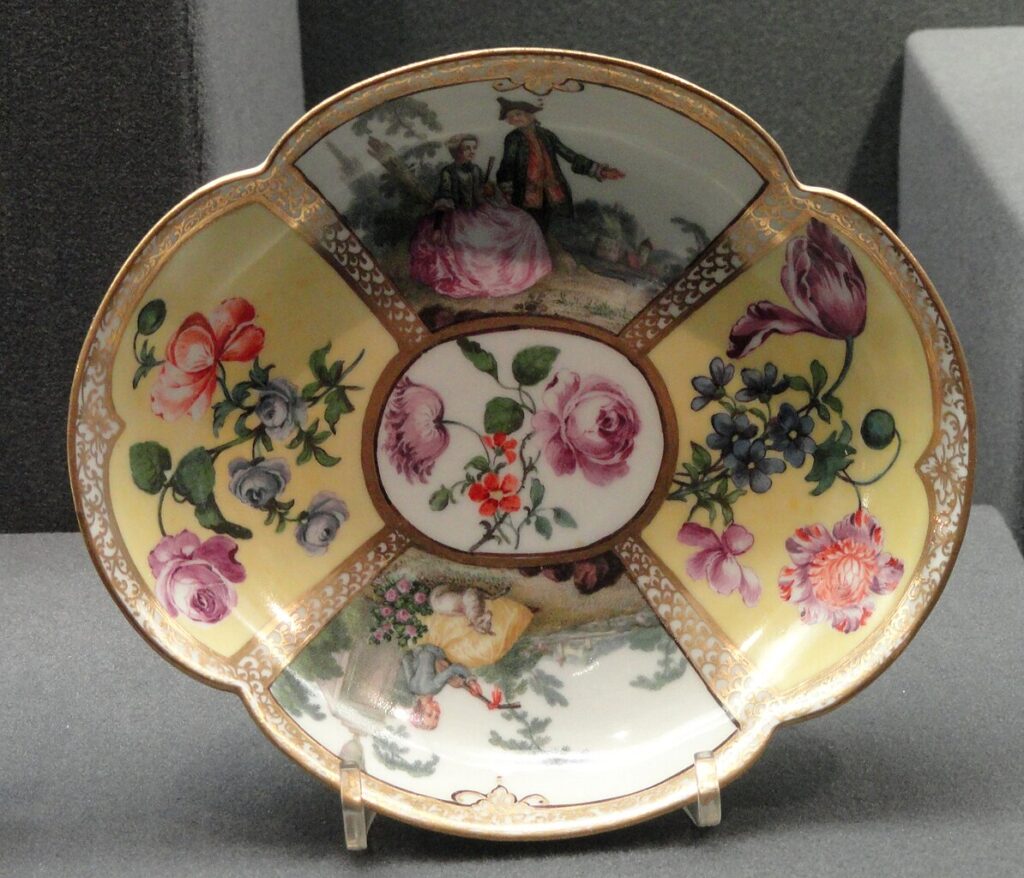
The Rococo era at Meissen is known for its light, playful designs and intricate floral motifs. These pieces often featured asymmetrical shapes and pastel color palettes, giving them a delicate and refined appearance. Released in the early to mid-1700s, this era’s works remain highly sought after today. Due to their age, quality, and intricate craftsmanship, some Rococo pieces are valued at around $2,000 to $5,000.
The soft, curvaceous forms and vibrant floral patterns make these pieces stand out among other Meissen porcelain. Collectors highly prize the pieces from this era for their elegance and the signature craftsmanship of Meissen. Their rarity, combined with their artistic significance, has contributed to their continued market demand. This design period remains a cornerstone of Meissen’s historical legacy.
Meissen Early Biedermeier Era (1815–1830)
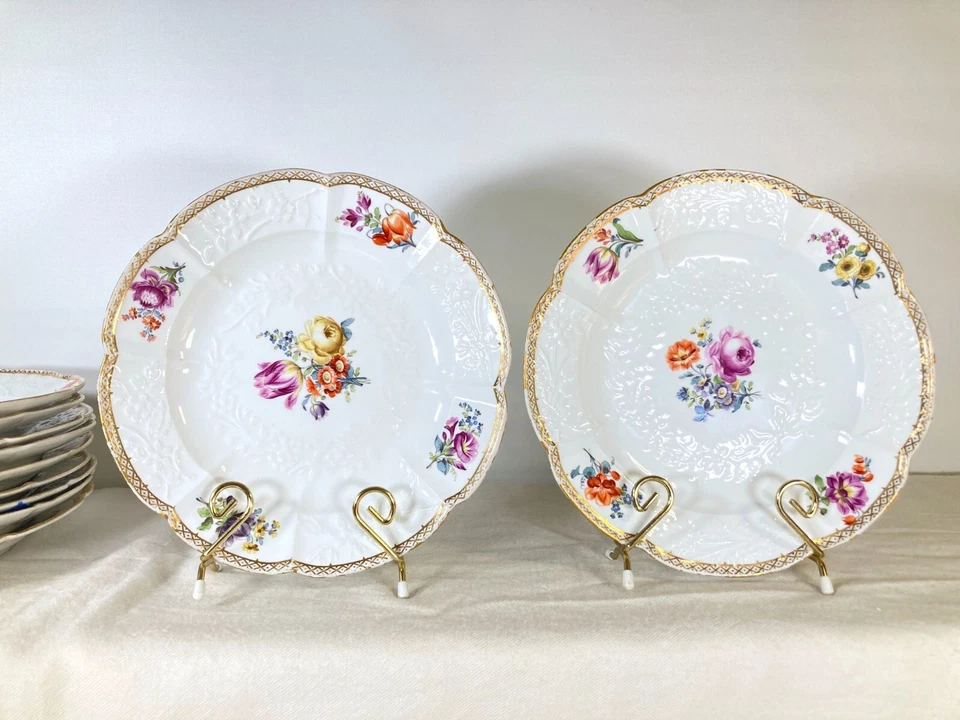
During the early Biedermeier period, Meissen created porcelain pieces that were more refined and minimalist compared to earlier times. The designs focused on cleaner lines and simple, yet elegant, motifs like neoclassical themes and minimalistic floral patterns. These items were released between 1815 and 1830, and some pieces can now be valued at around $3,500 to $7,000 due to their rarity and detailed work.
The simplicity and elegance of the Biedermeier pieces appeal to collectors seeking items with a more classic, understated beauty. The transition away from the more elaborate Rococo and Baroque styles towards these streamlined forms increased their desirability. Limited production and the historical importance of this shift further raise their value. These pieces are often viewed as timeless, making them a favorite in vintage Meissen collections.
Meissen Art Nouveau Era (1890s–1910s)
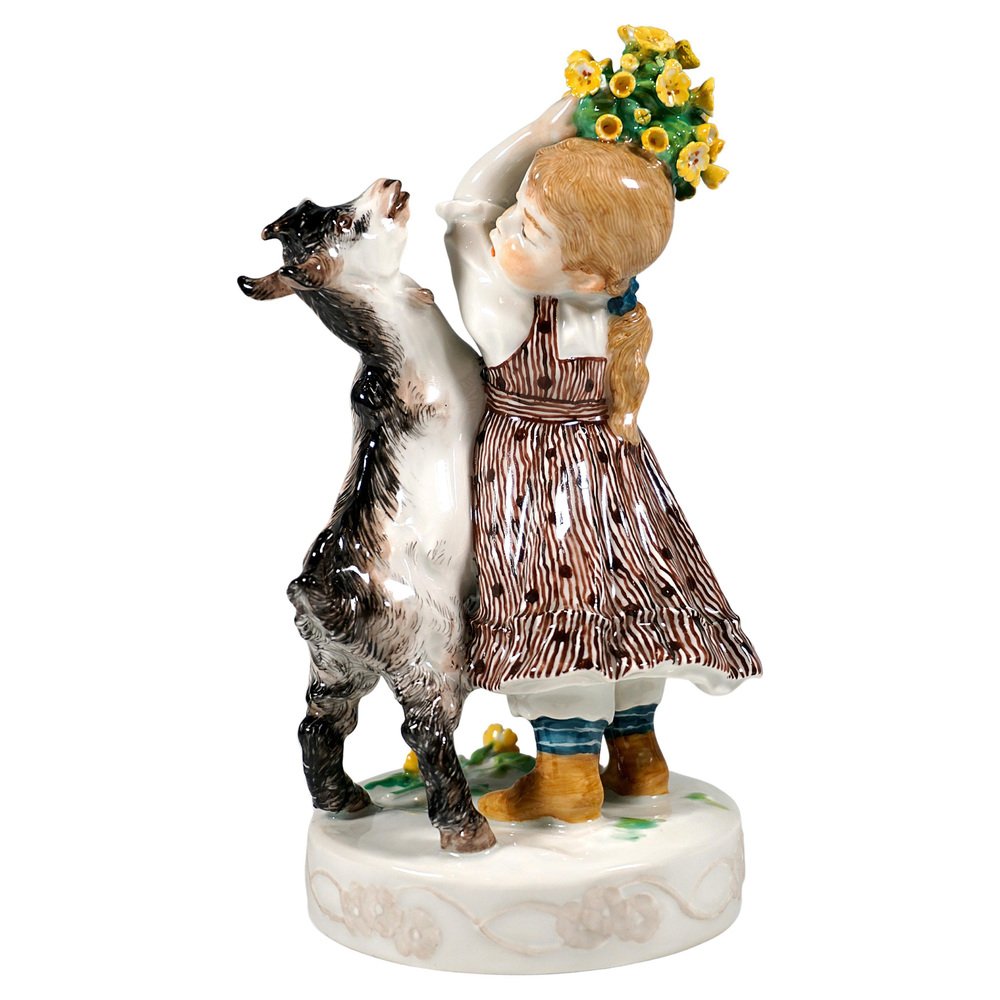
The Art Nouveau era at Meissen combined the flowing lines and natural motifs typical of the period with the traditional craftsmanship of the brand. Released in the late 19th and early 20th centuries, these pieces often featured floral patterns, curved lines, and the integration of organic forms. The market value for these pieces today ranges from $2,500 to $6,500, with some limited pieces fetching higher prices.
Art Nouveau at Meissen brought a fresh, modern look to traditional porcelain, making it more appealing to a new generation of collectors. The naturalistic designs and the use of innovative techniques set these pieces apart from previous designs. Their rarity, particularly in excellent condition, contributes to their high value. This period remains a popular choice for those who appreciate both the decorative arts and fine porcelain.
Meissen Chinese Influence Era (1720s–1750s)
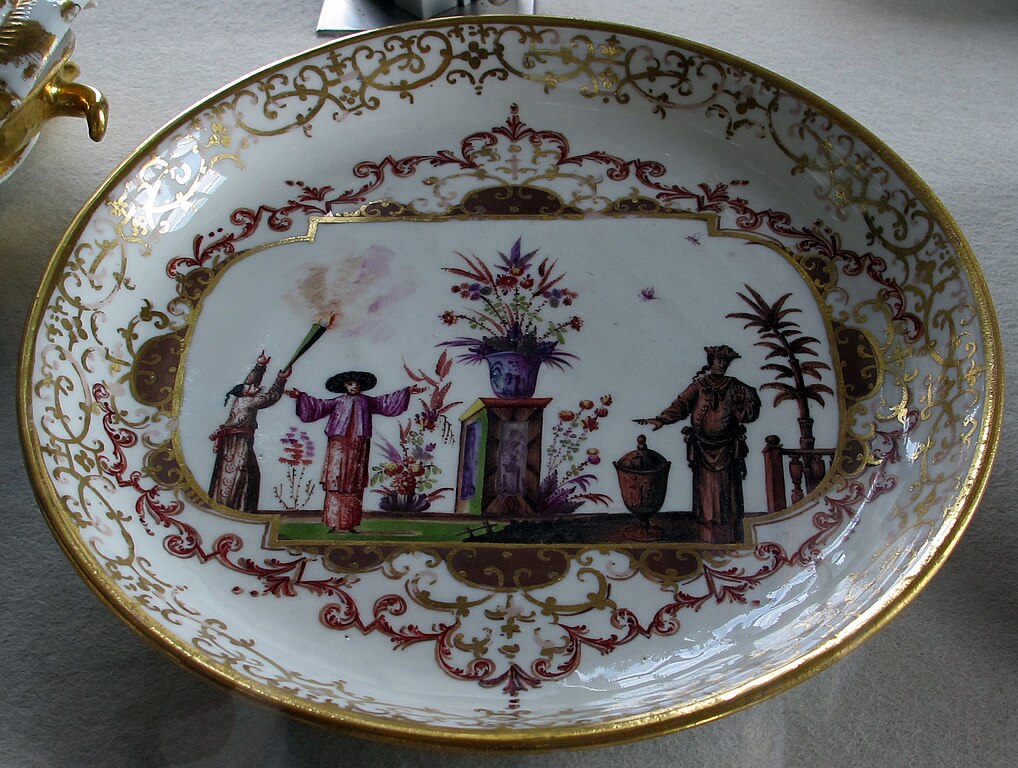
During the 18th century, Meissen drew heavy influence from Chinese porcelain designs, often replicating Chinese motifs with European craftsmanship. These pieces were produced between the 1720s and 1750s, incorporating colorful dragons, birds, and other traditional Chinese symbols. Today, they are valued at approximately $3,000 to $7,000, particularly for their rarity and cultural significance.
Meissen’s Chinese-inspired pieces reflect a fascination with Eastern art and culture that was prevalent at the time. The skill required to replicate these motifs in porcelain, combined with the rarity of surviving pieces, gives them high market value. Collectors seek these items not only for their beauty but for their historical context within Meissen’s development. Their popularity in the vintage market makes them highly desirable and well-regarded.
Meissen Porcelain Figures Era (1740s–1770s)
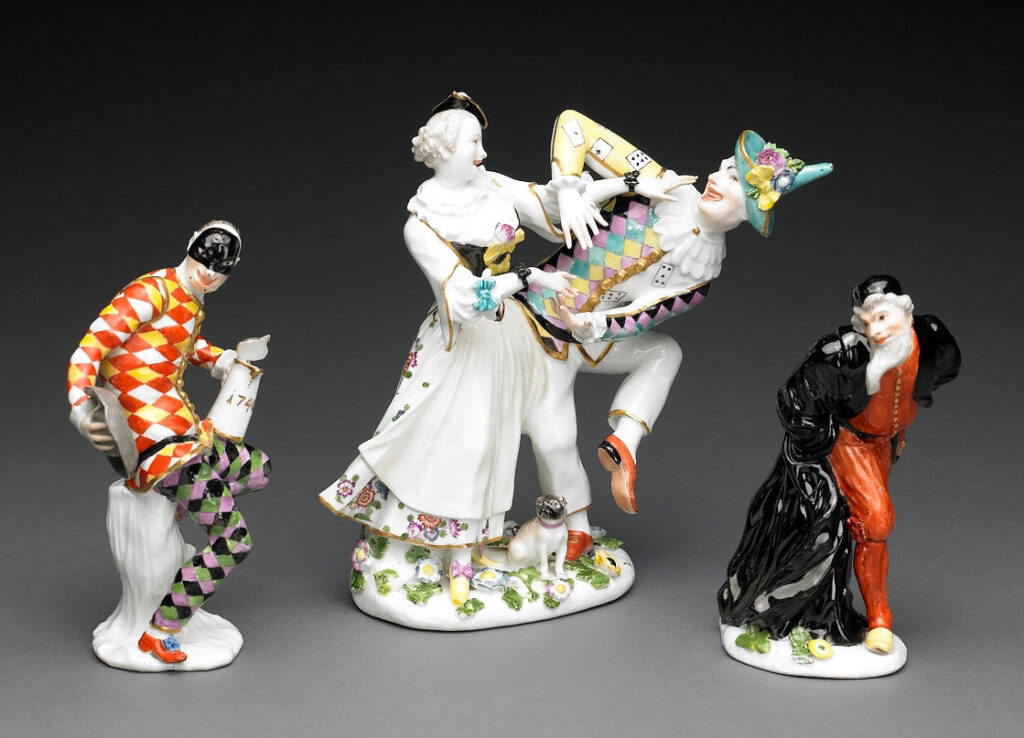
Meissen’s porcelain figures, particularly from the mid-18th century, are highly collectible due to their fine craftsmanship and the depiction of realistic human and animal forms. Produced from the 1740s to the 1770s, these figures often depicted mythological scenes or historical figures, showcasing the skill of Meissen artisans. Depending on rarity and condition, their market value can range from $5,000 to over $10,000.
The level of detail and the expressive quality of these figures set them apart from other porcelain works of the time. Collectors are drawn to the artistry and individuality of each figure, which is why pieces from this period often fetch high prices. The market for these items remains strong, especially when they come with verified authenticity and in pristine condition. Their historical significance within Meissen’s overall development also elevates their value.
Meissen Neo-Rococo Era (1870s–1900s)
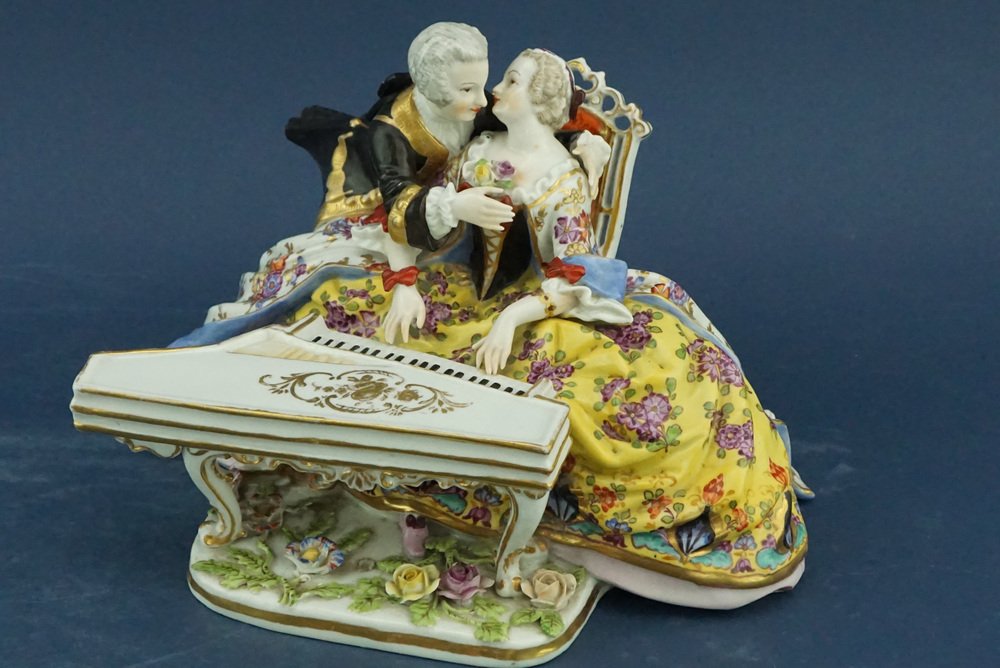
The Neo-Rococo period in Meissen was a revival of the earlier Rococo style, incorporating both the delicacy of past works and the modern sensibilities of the late 19th century. Released from the 1870s to the 1900s, these pieces often featured softer colors, floral motifs, and elegant porcelain forms. Today, Neo-Rococo Meissen pieces are valued between $2,000 and $6,000.
This design era brought back the ornate, fluid lines and playful patterns of the Rococo period while integrating more modern techniques and materials. The revival of such a beloved style made it appealing to collectors seeking the romantic and decorative flair of the past. Its connection to the Rococo legacy, along with the quality craftsmanship of Meissen, adds to its collectible value. These pieces continue to attract buyers looking for the perfect balance of historic charm and modern appeal.
Meissen Transitional Era (1760s–1790s)
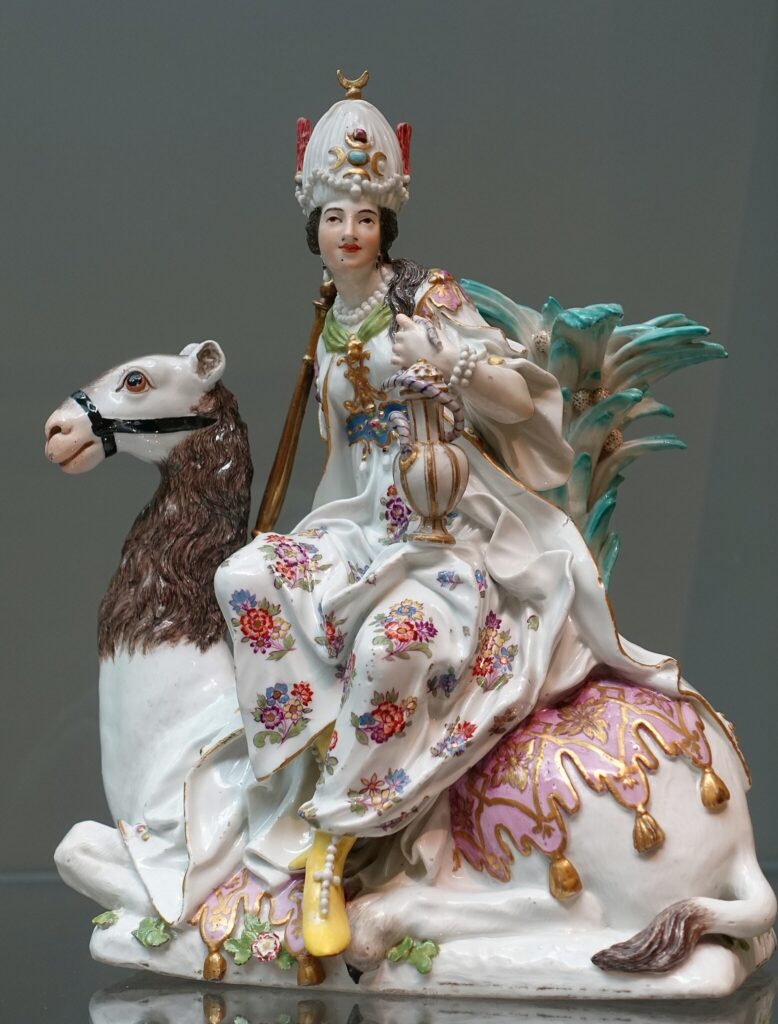
During the Transitional era, Meissen began to move away from the Baroque and Rococo styles, opting for a more restrained and elegant approach. Released between the 1760s and 1790s, these pieces featured more streamlined designs while maintaining the high-quality porcelain that Meissen was known for. The market value for these pieces can range from $2,000 to $8,000, depending on the piece’s condition and rarity.
This era reflects a shift in European taste, moving towards more neoclassical and simpler forms. While still highly decorative, the Transitional pieces are often valued for their elegance and more restrained beauty. The rarity of surviving pieces from this period, coupled with the skill involved in their creation, increases their desirability among collectors. This era remains a pivotal point in Meissen’s artistic history, enhancing its reputation in the porcelain world.
Meissen Birds and Animals Era (1720s–1750s)
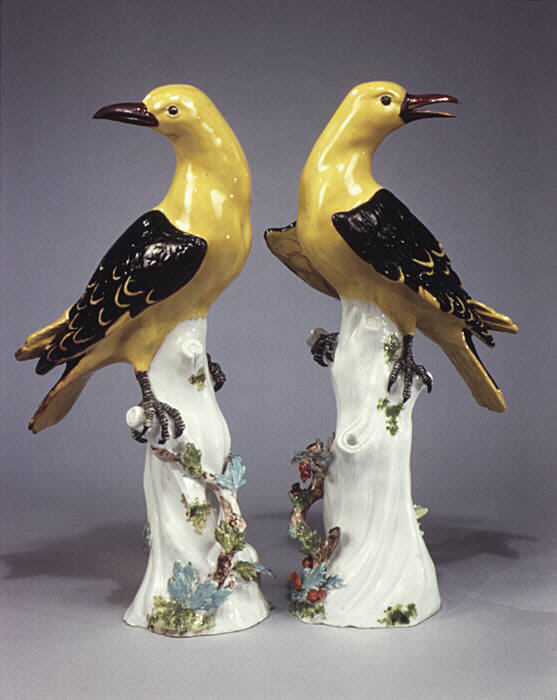
Meissen’s depiction of birds and animals during the 1720s to 1750s reflects the company’s commitment to realism and naturalistic designs. The pieces from this period often feature detailed representations of animals, including exotic birds, and other creatures in vibrant colors. These pieces are highly prized, with some valued at around $4,000 to $8,000 due to their rarity and craftsmanship.
The intricate portrayal of wildlife in Meissen porcelain captured the public’s fascination with the natural world during the period. These pieces showcase the level of detail and artistic skill that Meissen was known for, making them desirable among collectors. The rarity of surviving pieces and their high market value make them highly sought after by those seeking fine porcelain works. Their distinct animal motifs set them apart from other Meissen designs, giving them an enduring appeal.
Meissen Late Art Deco Era (1920s–1930s)
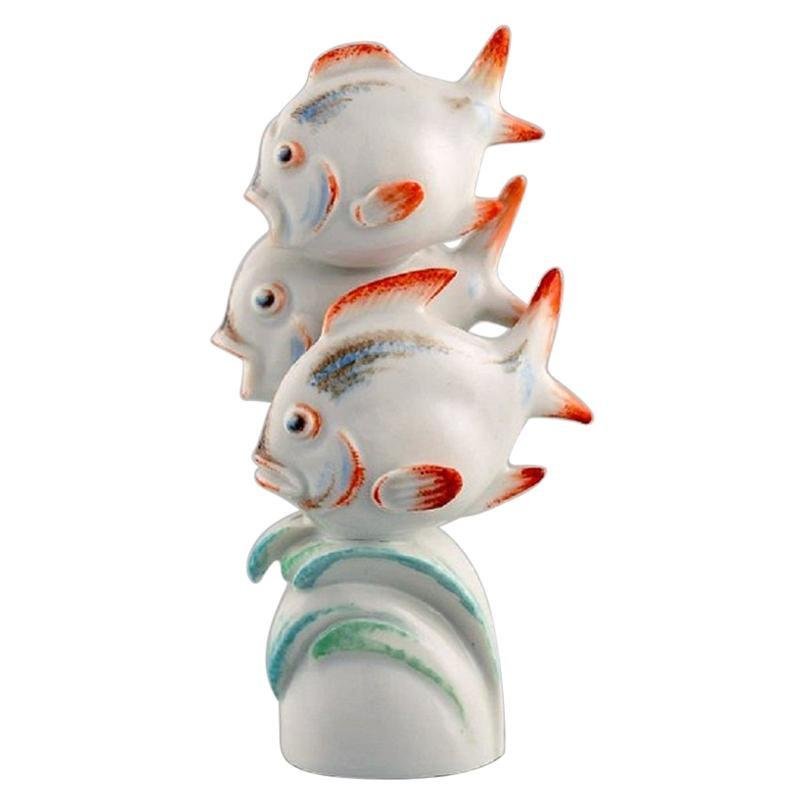
During the 1920s and 1930s, Meissen embraced the Art Deco movement, creating pieces with geometric shapes and bold, modern designs. These items, which featured clean lines and stylized motifs, are distinct from earlier, more ornate pieces. Market values for these items today can range from $1,500 to $4,000, depending on rarity and condition.
Art Deco at Meissen reflected a shift in design preferences toward more abstract and streamlined forms. These pieces are prized for their modernist approach to traditional porcelain making. The Art Deco era’s emphasis on sleekness and simplicity has made it a lasting favorite among collectors. Pieces from this period continue to be celebrated for their bold design and excellent craftsmanship.
Meissen 20th Century Modern Era (1900s–Present)
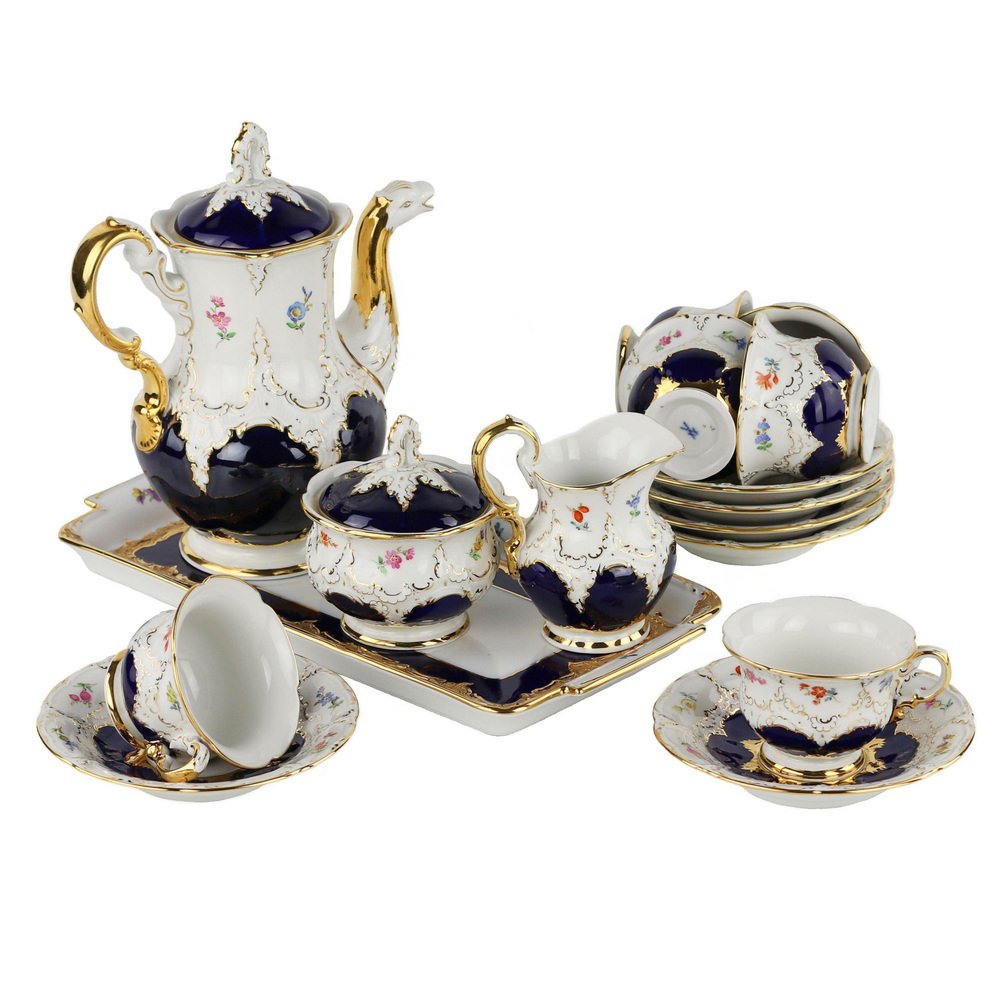
The 20th-century modern era at Meissen blends contemporary design with the traditional techniques the brand is known for. These pieces, introduced in the 1900s, incorporate minimalist designs, geometric shapes, and vibrant colors. Market values for these modern pieces generally range from $1,000 to $3,000, with some limited editions commanding higher prices.
The modern era reflects Meissen’s ability to adapt and innovate while staying true to its roots. These pieces appeal to collectors looking for a mix of modern aesthetics and historical craftsmanship. The use of new materials and designs has expanded Meissen’s appeal to a broader audience. As the company continues to produce modern designs, these pieces remain a popular choice for collectors seeking Meissen’s evolution in the 20th century.
These Meissen design eras showcase a rich history of porcelain artistry that continues to attract collectors worldwide. Each era’s distinctive characteristics and attention to detail ensure their place in the market as valuable vintage pieces.
This article originally appeared on Avocadu.
